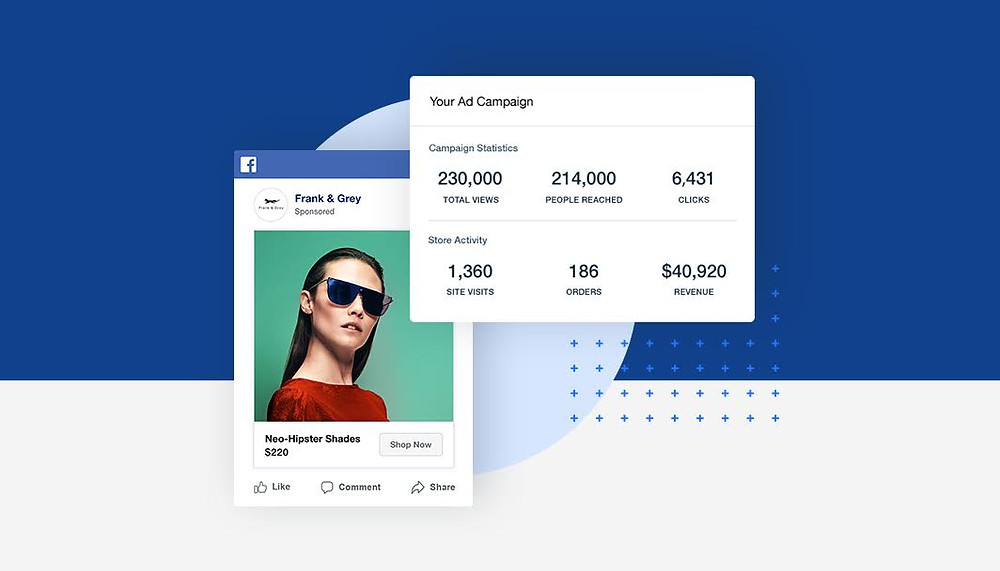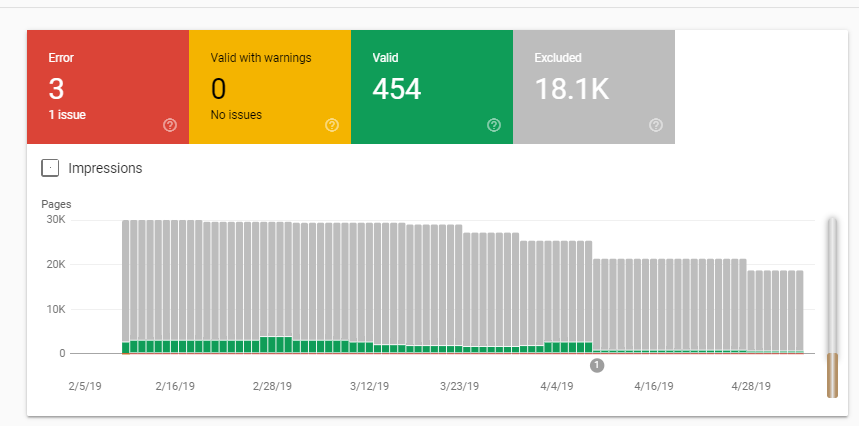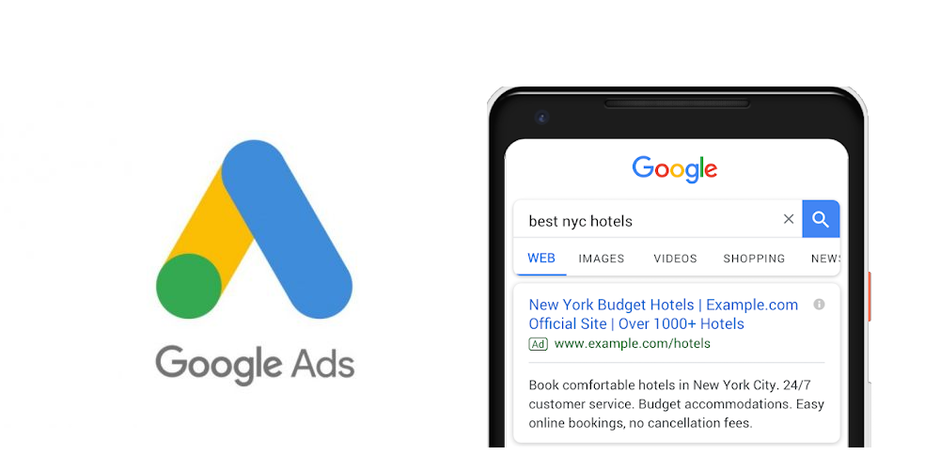When it comes to getting your products out there, you want to give your business the best chance. But what’s the best way to capture the attention of customers?
You know that Google is probably the way to go, seeing as it is the most used search engine with over 90% of the market in Australia, not to mention the fact that Aussies are shopping more online now than ever: a recent PWC report found that more than half of Aussie consumers have increased their online shopping habits across a number of product categories. But what type of campaign will get you the most value?
Today, we’re demystifying the difference between Google Shopping Ads and Smart Shopping, helping you decide which is best for your business goals.
What are Google Shopping Ads?
If you’re poking around the digital marketing realm, chances are you already know what standard Google Shopping Ads are. For those who need a little refresher, these visual ads use your Google Merchant Center product data rather than keywords to determine their placement.
Say you’re looking to buy a new set of headphones. Most consumers will research a little product before deciding on one they like. And where else to start but Google?
When customers search for ‘headphones,’ Google will give them a few product images from different eCommerce sites. This includes information like the price, the seller, and reviews. Customers can click on the ‘Shopping’ tab if they want to browse the different offerings.
These ads are far more effective than text ads, as customers searching for your product can look at the image and decide if it matches their requirements. This results in more qualified leads ready to spend, maximizing your return.
Shopping Ad campaigns are manually run and boast a number of features, including:
- Search term reports (what search terms led to the products being shown)
- Product ad groups and tiers
- A number of bidding strategies
- Scheduling
- Location and audience targeting
What is Google Smart Shopping?
Google Smart Shopping was first introduced in 2018 as an alternative to Google Shopping Ads. Google describes Smart Shopping as a “campaign subtype [which] combines standard Shopping and display remarketing campaigns and uses automated bidding and ad placement to promote your products and business across networks.”
In other words? Google automates your Shopping Ad campaign according to a few specifications and attempts to maximize return while working within your budget. All you have to do is nominate the following:
- The products you want to include in your campaign
- The country you wish to target (Australia, etc.)
- The budget and target ROAS (Return on Advertising Spend)
Once you’ve done this, Google will get to work and show your ads to the most relevant users. It does this by utilizing “a wide range of auction-time signals including device, location, time of day, remarketing list, language, and operating system to capture the unique context of every search.”
What’s the difference between Smart Shopping and Shopping Ads?
You might be thinking, ‘Smart Shopping must be better. Surely Google’s algorithm knows how to display my ads best?” And while Smart Shopping is a fantastic solution for many businesses, it is not the end-all you might expect.
We’ve compiled a quick guide to both Shopping Ads and Smart Shopping below so that you can see the benefits and drawbacks for yourself.
Google Shopping Ad
With Shopping Ads, you get complete control over your ads and can tailor your campaign to meet your business goals. However, for beginners and business owners who are managing their ads in-house, it can be tough to manage.
| Pros | Cons |
| Full control over every aspect of your ad campaign | Manual and time-consuming |
| Full control over location and device targeting | Complicated for beginners |
| Ability to create tiers (high, medium, low priority, etc.) | |
| Ability to use negative keywords to ensure ads are more relevant | |
| Ability to adjust bids and schedule |
Google Smart Shopping
Google Smart Shopping is the most convenient method of implementing ad campaigns. It is beginner-friendly and can provide quick results. However, you will sacrifice the control you get with Google Shopping Ads, which can frustrate some business owners.
| Pros | Cons |
| Quick and easy to set up | No bid adjustments or device targeting |
| Access to various Google networks (Google Search Network, Display Network, YouTube, Gmail) | Limited location targeting (you can choose a country but can’t narrow it down to a specific region or city) |
| Automatically uses display remarketing and dynamic products | For best results, historical data is required (Google recommends having more than 100 active users/visitors within the last month |
| Fewer decisions need to be made throughout your campaign – you can leave it to Google and save time | No search term report, audience report, or product group analytics |
| Saves time for business owners | No negative keywords |
So which is better: Smart Shopping or Shopping Ads?
Both have their uses, and depending on your campaign, either can be helpful. At the end of the day, it comes down to two primary factors: time and control. If you want to run ads but don’t have the time to manage your campaign, Smart Shopping can be a lifesaver. This is great for those newer to digital marketing and small businesses.
On the other hand, if you want to take complete control of your ad campaign, determine your cost per click, and target specific audiences or locations, traditional Shopping Ads are probably more your style. You’ll need the knowledge and experience to manage your campaign – or find someone who does it manually.
Of course, it doesn’t have to be an either-or situation. You might want to incorporate both into your strategy. High-priority or time-sensitive ad campaigns may benefit from a little extra attention. In contrast, automating the process and leveraging Google’s network for other products might be a good idea. You could also start with a manual campaign and later transition to an automated one once you’ve optimized it and worked out all the kinks.
It is important to note that Smart Shopping campaigns will override Shopping Ad campaigns for the same product or product group. Plan and test your campaigns carefully to ensure you aren’t doubling up and wasting your ad spend.
If you want full control of your Google Shopping Ads but don’t have the time or expertise, hiring an expert digital marketer can be a good solution. The team at Search Marketing Group® regularly works with businesses across Australia to maximize their ROAS and achieve their business goals.
Got questions about Shopping Ads or Smart Shopping that aren’t answered here? Make sure to leave a comment below!



























